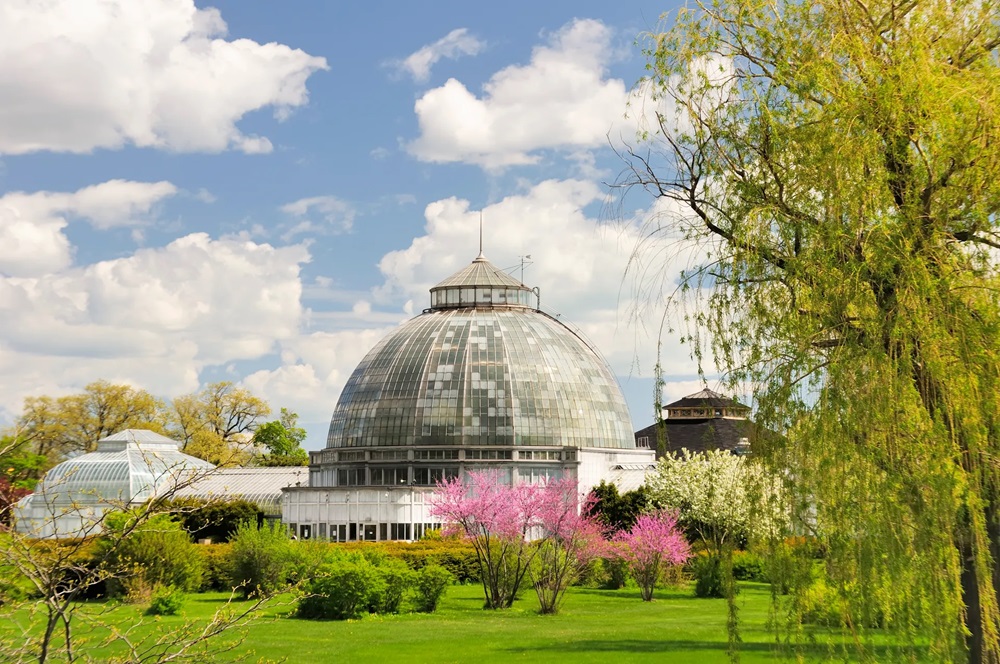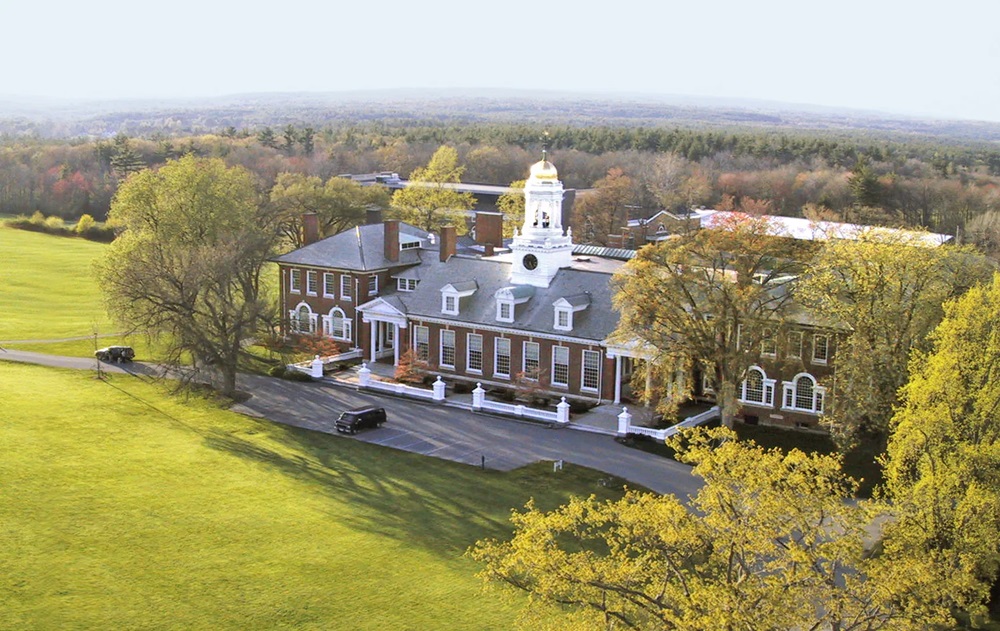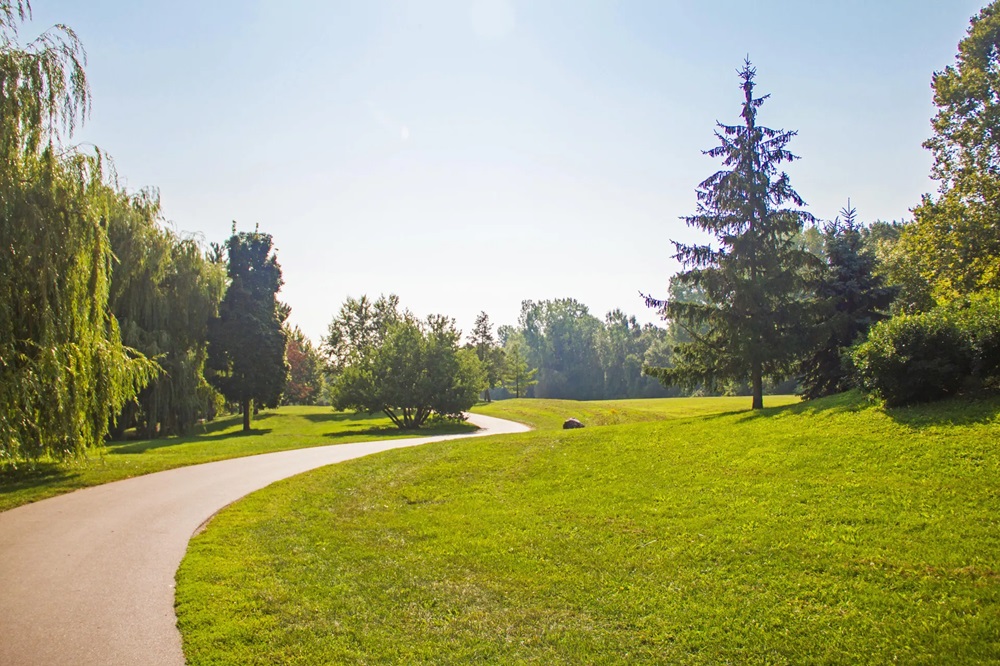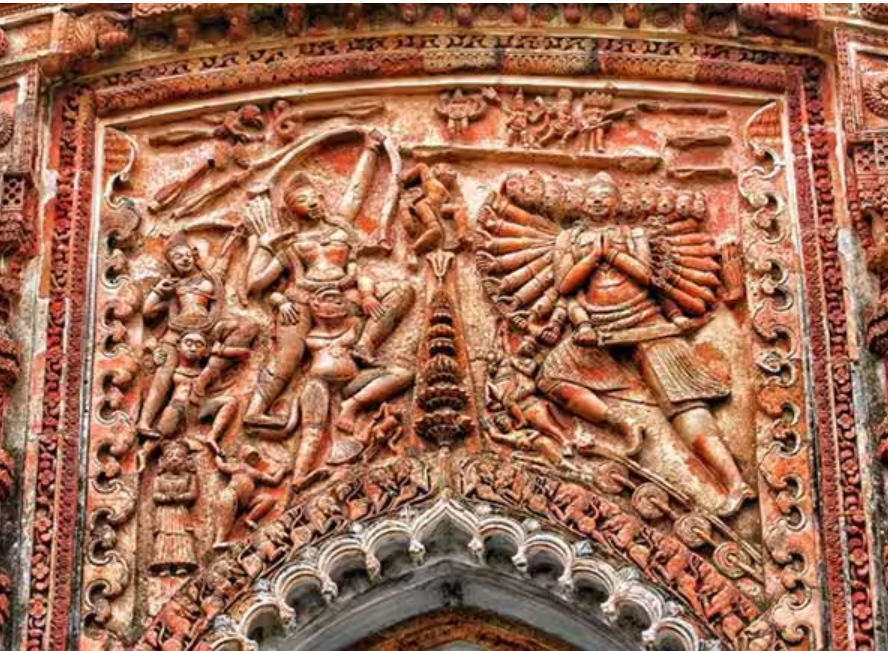Frederick Law Olmsted, frequently credited as founding American landscape architecture, significantly impacted how we use and create public places. Olmsted, born in 1822, had a vision beyond simple beauty; he considered that well-planned landscapes could improve social cohesion and inspire people’s spirits. Some of the most famous parks in the country, like Central Park in New York City, the Emerald Necklace in Boston, and the grounds of the U.S. Capitol in Washington, D.C., are a result of Olmsted’s groundbreaking work. His designs skillfully combine aesthetic beauty with sensible urban planning to create green spaces amidst busy cities.
Frederick Law Olmsted had a profound and wide-ranging impact on American history and urban development. His impact as a trailblazing landscape architect goes beyond designing exquisite parks and gardens. Many people consider Olmsted to be the founder of American landscape architecture. He used an innovative method to create practical and visually beautiful places that combined art, science, and social philosophy. His holistic approach considered the community’s needs, the environment, and human well-being.
Urban planning masterworks are Olmsted’s creations for the Emerald Necklace in Boston and Central Park in New York City. These areas serve as vital green lung spaces, enhancing biodiversity and air quality and offering city people recreational opportunities. Specifically, Central Park has emerged as a global leader in urban park design. Olmsted thought well-planned public areas might act as democratic venues for mingling and enjoying the outdoors for members of all socioeconomic strata. For him, parks were essential to social cohesiveness, civic pride, and the general population’s physical and mental health. His work frequently demonstrated his strong belief in social justice and the general welfare.
Olmsted’s ideas impacted other initiatives besides the more extensive urban planning area. His advocacy for incorporating green areas into city grids impacted how American cities developed park systems. His theories influenced the development of suburban planning and planned communities. Olmsted set the foundation for contemporary ecology with his efforts. His emphasis on protecting natural areas and developing resilient, sustainable urban settings aligns with current movements concerned with urban sustainability and climate change. His designs featured creative approaches to soil preservation, plant diversification, and water management.
Poetics of Park Design
‘With all the renewed attention given in the last decade to Frederick Law Olmsted (1822-1903) as not only America’s foremost practitioner of landscape design but as an important visionary critic of urban planning, he has still not been properly situated in American intellectual history. Because his chief legacies-parks and park systems- do not belong to the rigidly defined discipline categories of American education, being neither works of fine art, literature, nor political or military history, they have remained outside the canon, untaught and unstudied except in specialized, professional contexts like landscape architecture or urban history. If we look at Olmsted’s masterpieces, such as Central Park or Prospect Park in New York City or the Boston Park system, within the broader context of nineteenth-century cultural history, however, Olmsted’s contribution emerges as clearly central to any consideration of the period. Moreover, by viewing his achievements against the interrelated currents of romantic/transcendentalist attitudes toward nature, liberal Protestant reform, and the woman’s moral influence movement, we can understand how his works continue to enrich us as expressions of a vision at once democratic, reformist, and, indeed, feminist’, write George L Scheper.

Most people now consider Olmsted Park’s design so ingrained in our urban environment that it is taken for granted or even supposed to have no design. For example, many New Yorkers see Central Park not as an intricate work of engineering and creativity but as a piece of “preserved” natural Nature made accessible by adding certain roadways, benches, and lampposts. According to Olmsted, this seemingly “specimen of God’s handiwork” was the most significant public works undertaking in New York City’s history and represented “the transformation of a broken, rocky, sterile, and intractable body of land, more than a mile square in extent, into a public ground.”
According to George L Scheper, as necessary as the aesthetic component is. However, we cannot speak intelligently about the design of Olmsted Park apart from his goal that it serves as an antidote to the city’s ills. Apart from being an exercise in nostalgia or sentimentality, Olmsted Park is one of the first manifestations of the “form follows function” dictum usually associated with modernists Louis Sullivan and Frank Lloyd Wright.6 To understand Olmsted Park properly then, we must go beyond an apprehension of the formal design elements and refer to Olmsted’s central reformist purpose, the intended function that ultimately determined the park’s form and that gives us a fresh perspective for appreciating its design elements.
Why Olmsted Matters
‘Olmsted is best remembered as the pioneer of landscape architecture in the United States. He created New York City’s Central Park and several other green spaces, often in collaboration with his sometime partner Calvert Vaux. Olmsted designed the grounds of scores of private estates, Stanford and assorted college campuses, several mental institutions, and cemeteries. For these achievements alone, Olmsted would have a measure of lasting fame. At a time when open space is at a premium, he’s left a legacy of green in city after city across America and Canada, too, writes Justin Martin.

Maintaining natural areas is different from designing urban areas, and it’s an important but sometimes disregarded Olmsted function. I spent much time researching and digging deep to get this part of his biography back together. Among other things, this biography aims to honour Olmsted for his contributions as a trailblazing environmentalist.
According to Justin Martin, for some earlier designs, Olmsted attempted to adapt Paris-style byways to his idiosyncratic purposes. There’s the long road to Chicago in the Riverside plan. His rejected San Francisco proposal had suggested a sunken promenade connecting several parcels of land. The original plan for Prospect Park had called for a series of roads to tie together various green spaces in the metropolitan area, maybe even connecting with Central Park. To describe this novel concept, Olmsted and Vaux had even coined a term: parkway. Two would be built in Brooklyn, Eastern Parkway and Ocean Parkway. These were grand roads, no question, but Eastern Parkway would serve as an approach to Prospect Park, and Ocean Parkway would travel to Coney Island. They didn’t tie any parks together.
Work of Frederick Olmsted
Olmsted frequently incorporated well-designed structures into his parks and green areas. These could include walkways, fountains, viewpoints, pavilions, boathouses, and bridges. For instance, he created functionally accessible yet aesthetically pleasing rustic bridges and arches in Central Park. Olmsted designed a lot of projects with eye-catching gatehouses and entry structures. These functioned as transitional sites between urban and natural settings in addition to being architectural landmarks. One example is the gatehouses at Prospect Park in Brooklyn, which are intended to create an atmosphere conducive to enjoying the park.

Olmsted included conservatories and botanical gardens in a number of his park designs. These visually beautiful and instructive buildings showcased a variety of plant species and offered areas for public enjoyment and horticulture education. During his career, Olmsted promoted the inclusion of public amenities in parks, such as picnic spots, comfort stations, and recreational spaces. These buildings were made to improve visitor experiences and promote social interaction in organic environments. Olmsted extensively considered the practical aspects of his designs, such as the infrastructure needed to maintain expansive parks. He ensured his landscapes were resilient and sustainable using cutting-edge water management strategies and drainage systems.
The lasting influence of Frederick Law Olmsted, the founding father of American landscape architecture, can be seen clearly in today’s public areas and cities. His avant-garde designs, exemplified by famous sites like Central Park and the Emerald Necklace, are more than just beautiful; they represent a deep conviction in the ability of nature to improve urban life. Olmsted’s contributions to the world went beyond just designing stunning parks; they also served as evidence of his dedication to environmental preservation, social justice, and the democratic ideal of open and accessible public areas. His creative approach to landscape design, combining aesthetic beauty with proper urban planning, influences our understanding of and behaviour concerning our built environments.






